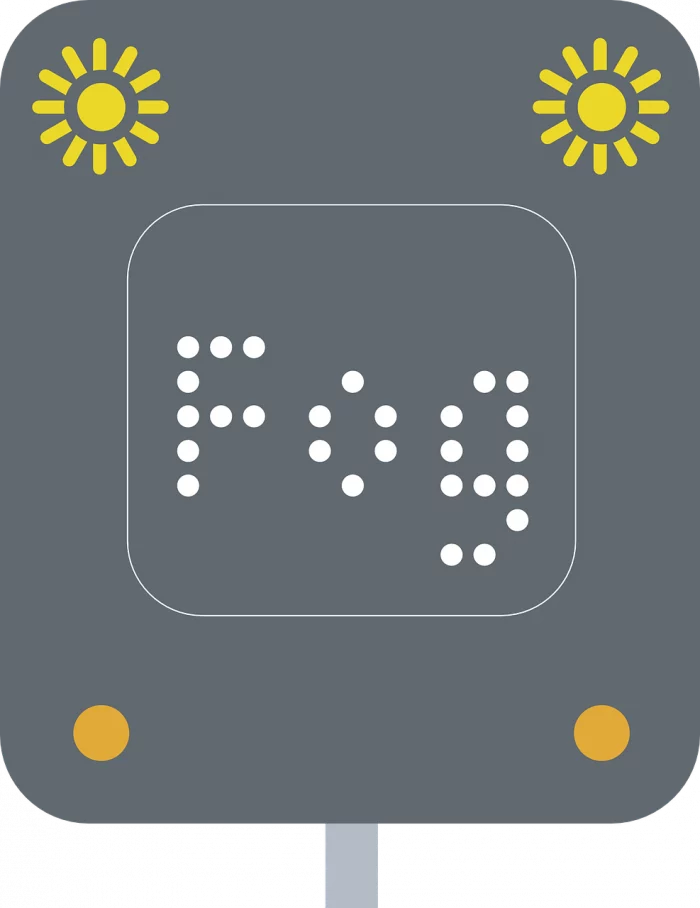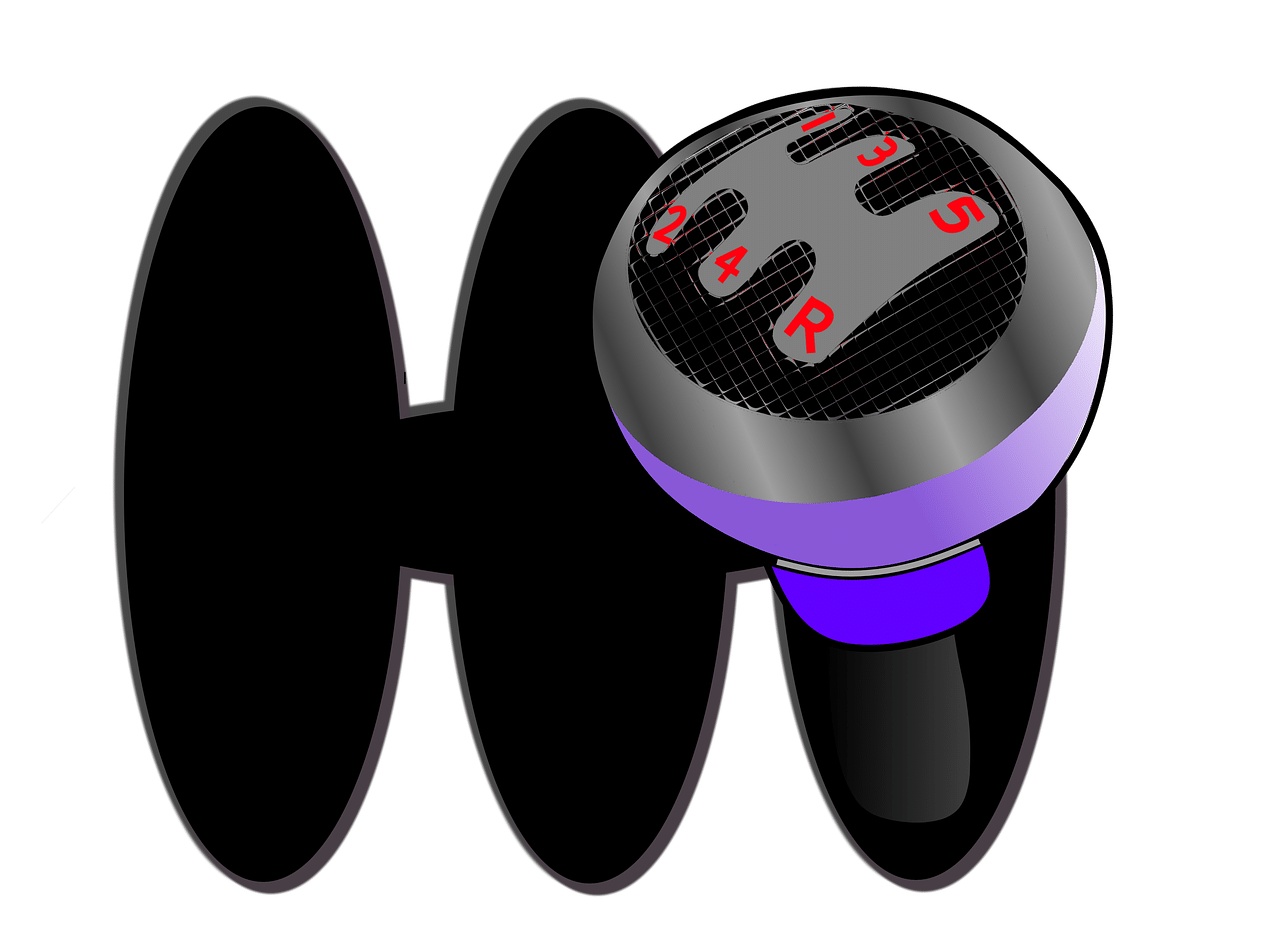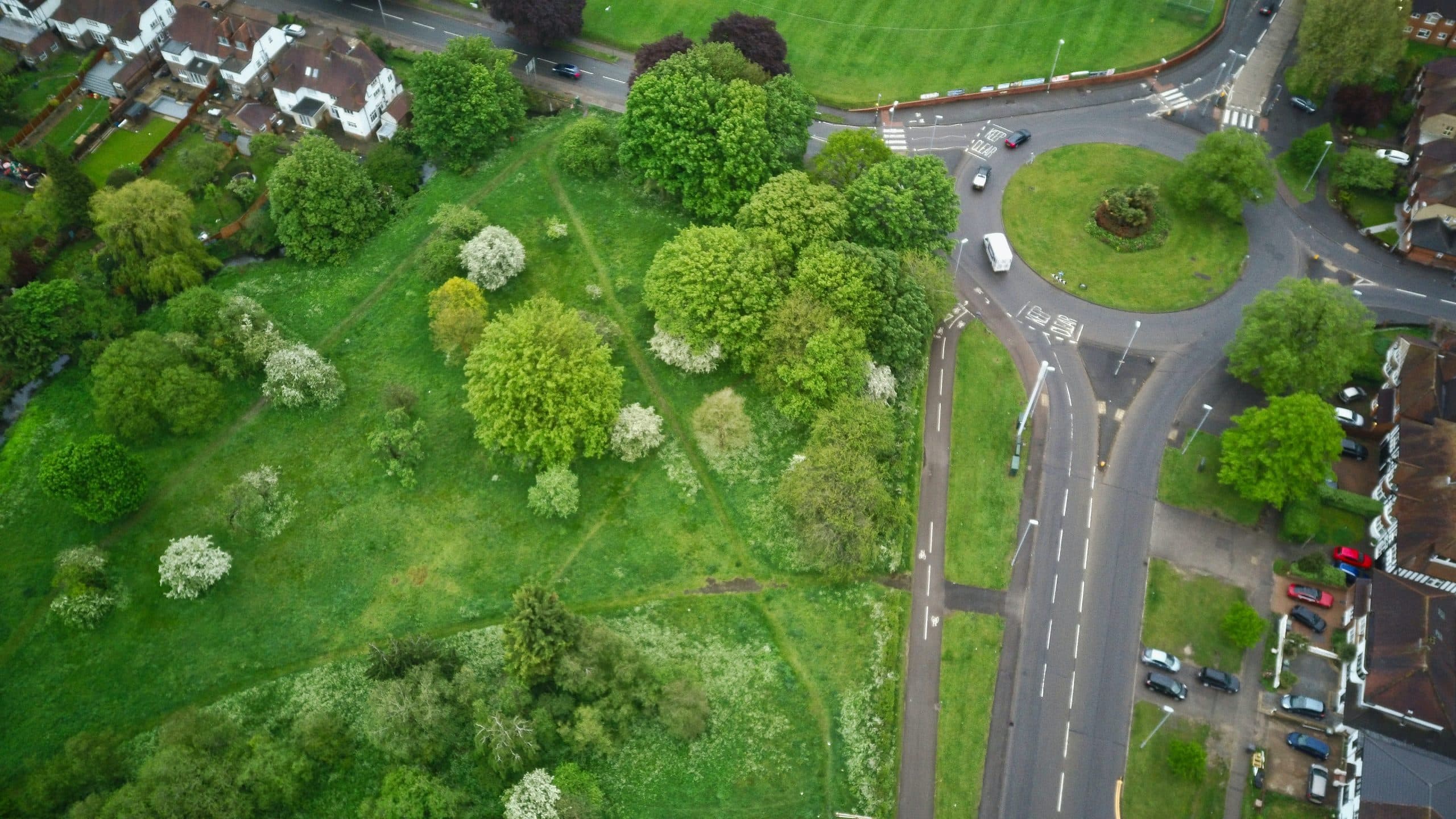
Types of Road Signs
Road signs are an essential part of road safety, and understanding the shapes and colours used in them is crucial for safe driving. Here is a brief guidance, however be sure to familiarise yourself with all types. There are three types of road signs: regulatory, warning, and informational. Each type has its own shape, colours, and meanings.
Regulatory signs are generally circular in shape with a red border and white background. They indicate what drivers must or must not do on the road. Examples of regulatory signs include speed limit signs, stop signs (octagon shape), no entry signs, and parking restriction signs. It is crucial to follow these signs to maintain safety on the road and avoid traffic violations.
Warning signs have a triangular shape with a red border and white background. They indicate potential hazards ahead on the road. Examples of warning signs include sharp bends ahead, pedestrian crossings, and roadworks. Drivers must pay close attention to warning signs to avoid accidents or collisions.
Informational signs have a rectangular shape with a green/white/brown or blue background and white or black lettering or symbols. They provide useful guidance about destinations and directions. Examples of informational signs include location indicators for hospitals, and tourist attractions. Informational signs help drivers plan their journeys more effectively and navigate unfamiliar areas with ease.
Common Regulatory Signs You Need To Know In The UK
Regulatory signs are an essential part of road safety in the UK. They are designed to regulate traffic and ensure legal compliance. Here are some common regulatory signs you need to know in the UK:
Speed limit signage: Speed limit signs indicate the maximum speed limit that vehicles can travel on a particular road. National speed limits for different types of roads are indicated by different signs. For example for a car or motorbike a single carriageway roads has a national speed limit of 60 mph, while a dual carriageway has a national speed limit of 70 mph. Some areas may have variable speed limits that change depending on traffic conditions.
No entry/No U-turns/No right turn: These signs indicate where drivers are not allowed to enter or make certain turns. No entry signs are usually found at the entrance to one-way streets or restricted areas. No U-turns and No right turn signs indicate where drivers cannot make those turns.
Parking restrictions: Parking restriction signs indicate where drivers cannot park their vehicles, such as no parking zones or permit-only areas. These signs help to ensure that traffic flows smoothly and that emergency vehicles can access the area if needed.
One-way streets: One-way street signs indicate that traffic is only allowed to travel in one direction on that particular road. These signs help to prevent accidents and reduce congestion.
Common Warning Signs You Need To Know In The UK
Warning signs are an essential part of road safety in the UK. They indicate potential hazards ahead on the road, and it is crucial for drivers to pay close attention to them to avoid accidents or collisions. Here are some common warning signs you need to know in the UK:
Sharp bends ahead or a double bend: These signs indicate that the road ahead has a sharp bend or a series of bends. Drivers must slow down and be prepared to turn accordingly.
Road works ahead / temporary traffic lights / lane closures: These signs indicate that there are roadworks ahead, and drivers must slow down and be prepared for changes in traffic flow or lane closures.
Crossroads / T-junctions / Staggered junctions: These signs indicate where two or more roads meet, and drivers must be prepared to stop or give way to other vehicles.
Understanding warning signs is crucial for safe driving on UK roads. Drivers must pay close attention to these signs to anticipate potential hazards ahead on the road and avoid accidents or collisions.
Common Informational Signage You Need To Know In The UK
Informational signage is an essential part of road safety in the UK. It provides useful guidance about destinations, directions, and services available at the next exit. Here are some common informational signs you need to know in the UK:
Destination board signage indicating nearby towns/cities/villages/motorways/A roads/B roads/Major routes/National parks etc. These signs provide information about nearby destinations and help drivers plan their journeys more effectively. They indicate the direction and distance of major towns, cities, villages, motorways, A roads, B roads, national parks, country borders, and other significant landmarks.
Signage indicating services available at the next exit such as petrol stations, restaurants, hotels etc.: These signs provide information about services available at the next exit. Drivers can use this information to plan their stops for fuel, food, and accommodation.
Signage indicating the distance to a particular destination: These signs provide information about the distance to a particular destination. They help drivers estimate how long it will take to reach their destination and plan their journey accordingly.
Understanding informational signs is crucial for safe driving on UK roads. Drivers must pay close attention to these signs to plan their journeys more effectively and navigate unfamiliar areas with ease.



